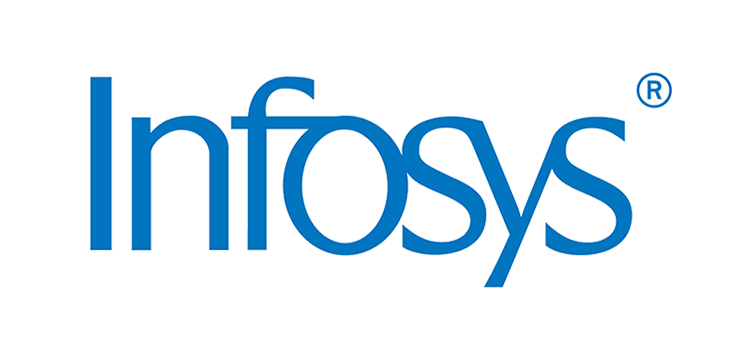Infosys Announces Record ₹18,000 Crore Buyback; History of Bonuses, Buybacks & Value Since Listing
Infosys Ltd., one of India’s largest IT services companies, has approved a share buyback worth ₹18,000 crore, the biggest since its listing on the stock exchanges.
Under the buyback program, the company will repurchase shares at ₹1,800 per share, which is about 19% higher than the current market price.
Largest Buyback in Infosys History
This move marks the largest buyback by Infosys, both in terms of value and scale. Previous buybacks by the company were significantly smaller, making this announcement a notable milestone in its capital allocation strategy.
Why Infosys is Opting for Buyback
The buyback is expected to:
Enhance financial ratios such as earnings per share (EPS).
Provide tax-efficient returns to shareholders.
Reflect the company’s confidence in its long-term growth outlook.
Analysts believe the premium pricing signals strong management confidence and could improve investor sentiment at a time when IT services companies face global demand uncertainty.
Shareholder Benefits
For shareholders, the buyback offers a chance to unlock value at a higher price point. Long-term investors may also gain indirectly, as reduced equity base improves return ratios.
Market Impact
Infosys shares are likely to react positively to the news in the coming sessions, as buybacks are often seen as shareholder-friendly measures.
History of Buybacks
Infosys has carried out several buyback programs over the past years. Key past instances:
Year Buyback Value (Approx) Price per Share Mode / Route Shares / Other Details
2017 ₹13,000 crore ₹1,150 per share Tender offer ~11.30 crore shares cancelled.
2019 ~₹8,260 crore ~₹747 average price Open market / buyback offer Part of return capital policy.
2021 ~₹9,200 crore Up to ₹1,750 per share max; weighted average ~₹1,648.53 Open market buyback ~5.58 crore shares (≈1.31% of paid up equity) tendered and extinguished.
2022-23 ~₹9,300 crore ~₹1,850 per share Open market ~50 million shares bought back.
Thus, the current buyback is the fifth major buyback since 2017.
History of Bonuses / Stock Splits
Bonus shares and stock splits have played a big role in multiplying shareholding value for long‐term investors. Key events include:
Infosys IPO was listed on 14 June 1993.
Stock split: In 1999, Infosys split face value from ₹10 to ₹5 per share (a 2:1 split).
Bonus issues:
• 1:1 bonus issue in 1994.
• Another 1:1 bonus in 1997.
• Also 1:1 in 1999.
• A 3:1 bonus issue in 2004.
• More recently, 1:1 bonus shares issued in December 2014, June 2015, and September 2018.
What Would an Early Investment Be Worth Now?
Here’s a rough calculation of what a ₹100,000 investment (₹1 lakh) in Infosys at IPO / early listing could be worth today (September 2025), after adjusting for all bonuses, splits, but excluding dividends & buyback returns. Including dividends, the number would be higher, but here we focus on share‐value accumulation.
- Starting point: Suppose you bought shares in June 1993, at the listing price (or initial price). For simplicity, assume you bought about ~100 shares for ₹1 lakh. (Exact price was around ₹95 IPO price; trading later at premium etc. But use rough approximation.)
- Adjust for stock split and bonuses: Over counting all splits/bonuses (split in 1999; bonus issues in 1994, 1997, 1999, 2004 (3:1), and 1:1 in 2014, 2015, 2018), your number of shares multiplies significantly. According to Livemint / Moneycontrol etc., the number of shares would rise from ~100 to ~17,064 shares after all these adjustments.
- Current share price: As of late 2025, share price is around ₹1,500-₹1,550 (BSE/NSE average). For calculation assume ₹1,540. (It fluctuates.)
- Estimated value:
Number of shares after adjustments × current share price = 17,064 × ₹1,540 ≈ ₹2.63 crore. - Including dividends & buybacks: The same sources say if you include dividends over the years, total value would be ~₹2.7 crore (for ₹1 lakh initial investment in ~1993).
Thus, a ₹1 lakh investment in 1993 would be worth ~₹2.6-2.8 crore today, just from share price appreciation + bonus / splits + dividends (assuming you held on).
What This Means in Light of the New Buyback
The new buyback gives existing shareholders an opportunity to exit a portion of their holdings at a premium (₹1,800), which is significantly higher than current market price.
Long‐term shareholders who have benefited from bonuses, splits etc., will see this as an additional return beyond the wealth growth from capital appreciation.
With fewer shares outstanding (post any buyback), metrics like earnings per share (EPS) tend to improve, enhancing valuations.

